Capturing a clear and beautiful photo of the moon using your iPhone is easier than you might think. With a few settings tweaks and the right timing, your moon shots can go from blurry white dots to breathtaking lunar portraits. Whether you’re using an iPhone 11 or the latest iPhone model, this guide will walk you through everything you need to know.
Why the Moon is Tricky to Photograph?
Before diving into the steps, it’s important to understand why moon photography is challenging with smartphones. The moon is extremely bright compared to the night sky, and iPhone cameras, despite their power, are not built like professional DSLRs. But with some manual adjustments and patience, you can still get amazing results.
Best Time to Photograph the Moon
Golden Hour and Blue Hour
- Golden Hour (right after sunset) gives the moon a warm glow.
- Blue Hour (shortly before sunrise or just after sunset) provides a soft, bluish background, which can enhance moon photos.

When the Moon is Low
When the moon is close to the horizon, it appears larger and more dramatic. This is the best time to shoot if you’re using a phone.
What You’ll Need
- Any iPhone model with a good camera (iPhone 11 or newer recommended)
- A tripod (to avoid hand shake)
- Remote shutter or use the timer
- Optional: Clip-on zoom lens for close-up detail
Step-by-Step Guide: How to Take Pictures of the Moon with iPhone
1. Use a Tripod for Stability
The moon is best captured with long exposure settings, which means even the slightest shake can blur the image. A tripod keeps your phone still.

2. Turn Off Flash
The flash won’t help and can interfere with exposure settings. Keep it off to let your iPhone focus on natural moonlight.
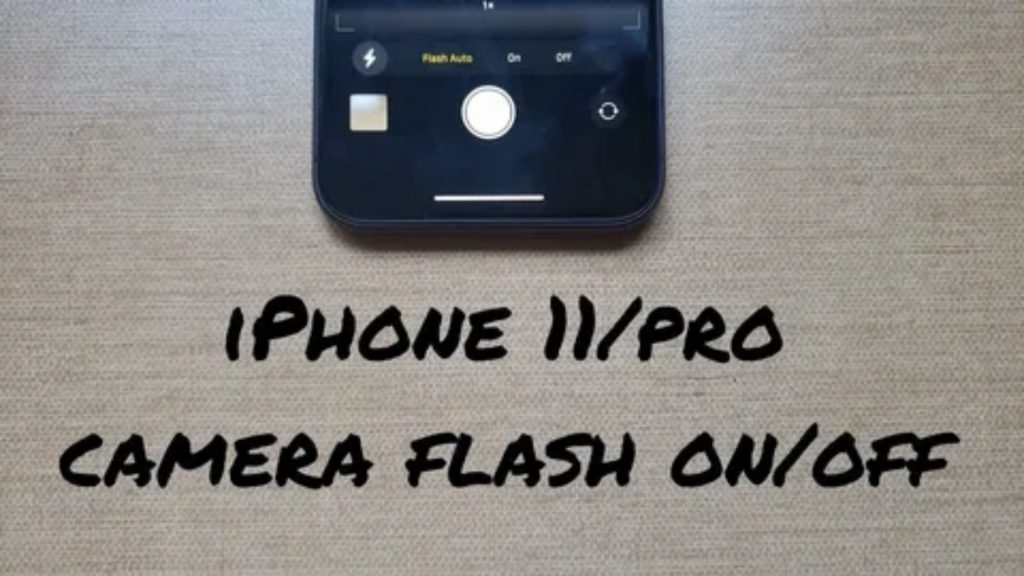
3. Enable Night Mode (if available)
iPhones like the iPhone 12, 13, 14, and 15 series have Night Mode, which automatically adjusts for low-light scenes. Make sure it’s turned on.
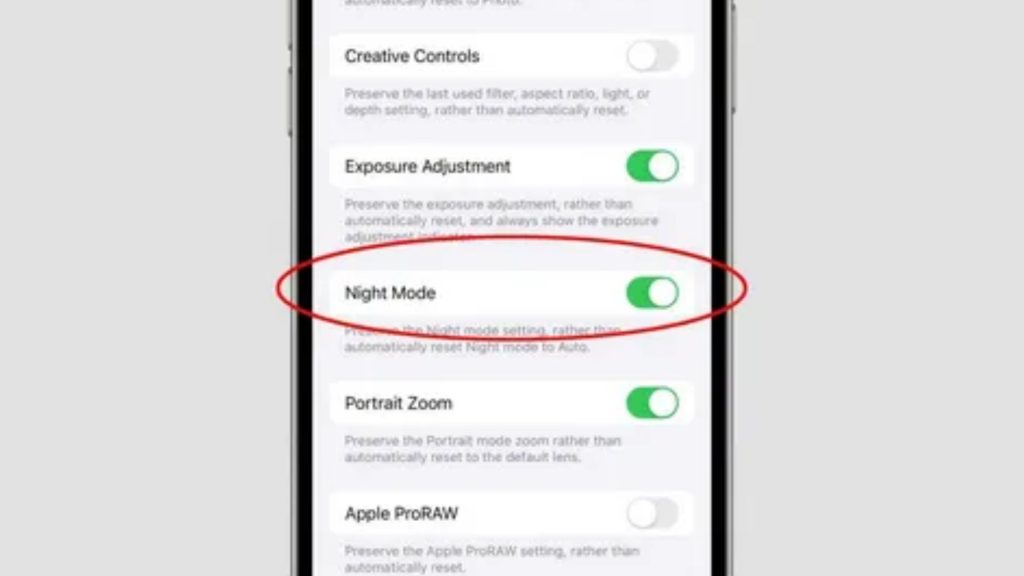
4. Use the iPhone Camera App with Manual Focus
- Open the Camera app.
- Tap and hold on the moon to lock focus (AE/AF Lock).
- Slide your finger up or down on the screen to manually adjust exposure. Lower the brightness to avoid a blown-out white moon.
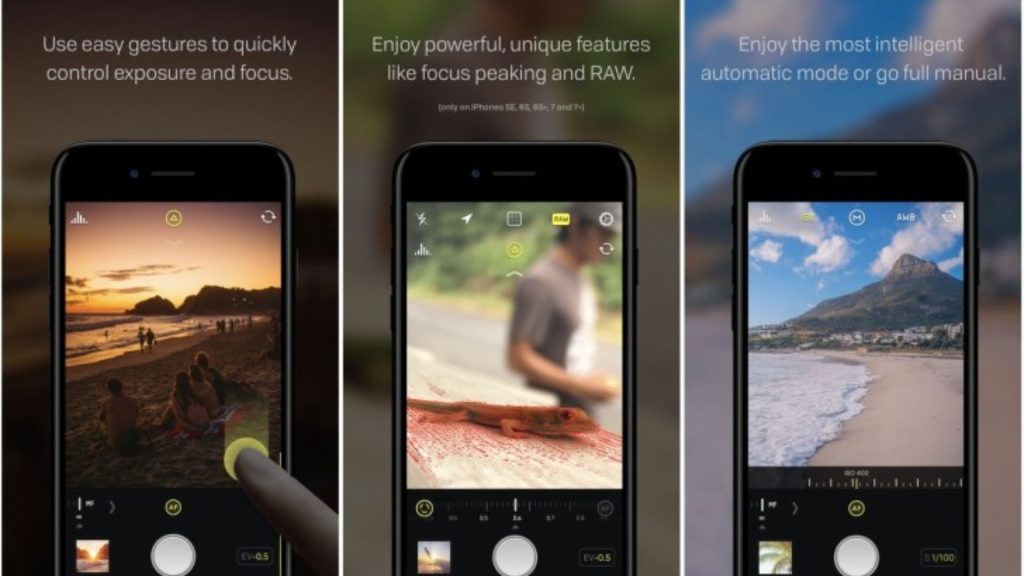
5. Zoom In Carefully
Use the optical zoom (2x or 3x) rather than digital zoom to retain clarity. On iPhone Pro models, use the Telephoto lens if available.
Tip: Don’t over-zoom. Excessive digital zoom reduces detail.

6. Use a Timer or Remote Shutter
To avoid camera shake when tapping the screen, use the 3-second or 10-second timer, or trigger the shot with Apple Watch or Bluetooth remote.
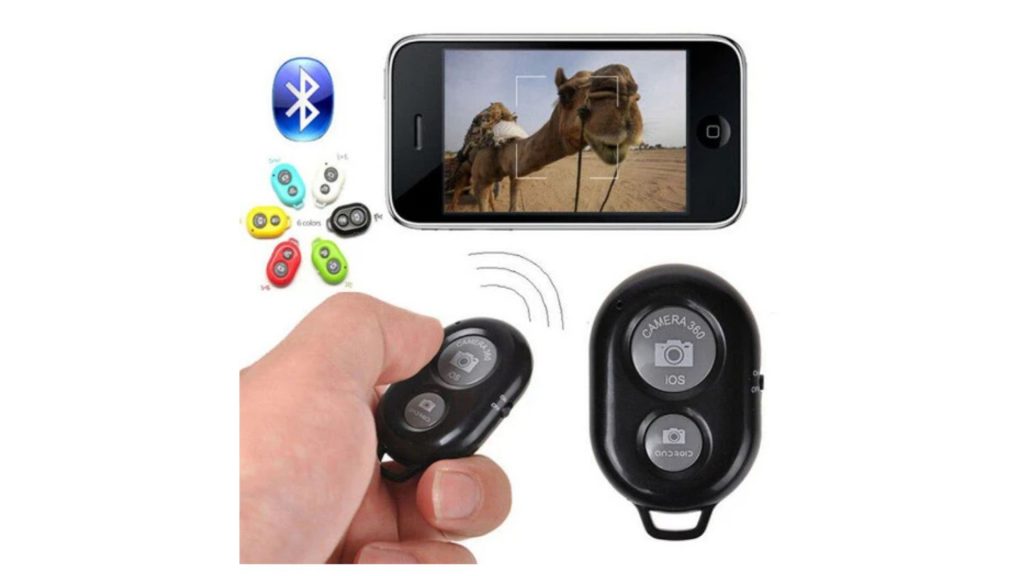
7. Take Multiple Shots
Capture several photos at different exposures. Later, you can pick the sharpest, most detailed one.
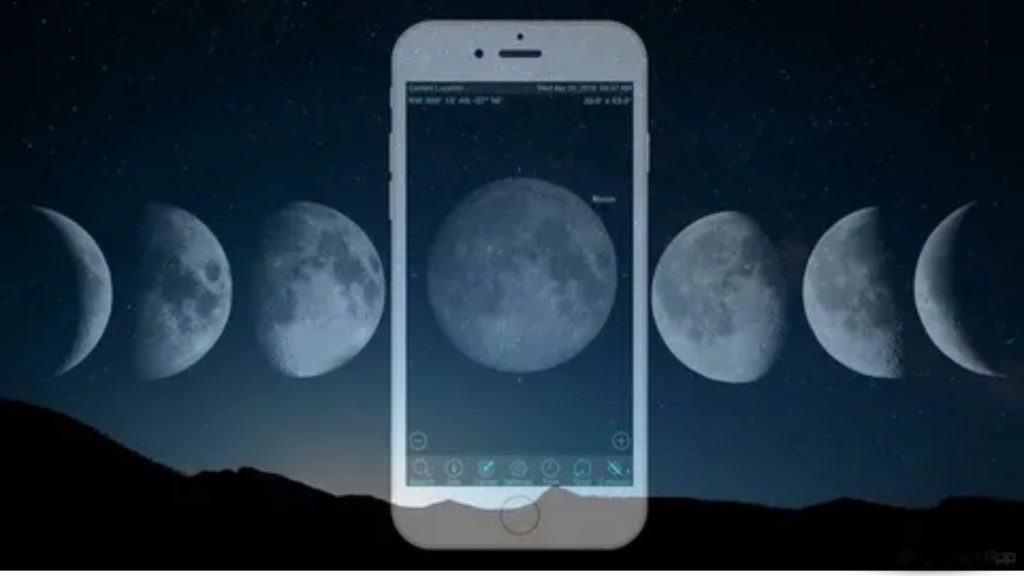
Optional: Use Third-Party Camera Apps
If you want full manual control over focus, ISO, shutter speed, and white balance, try apps like:
- Halide
- ProCamera
- Camera+ 2
These apps offer manual exposure and RAW format shooting, which give you more editing flexibility.
Editing Tips to Enhance Your Moon Photo
1. Use the iPhone Photos App
- Tap Edit on your moon photo.
- Adjust brilliance, contrast, and shadows to bring out more lunar detail.
2. Try Lightroom or Snapseed
For more advanced editing:
- Increase clarity to highlight craters.
- Decrease highlights if the moon looks too bright.
- Crop for composition or to zoom further.
Common Mistakes to Avoid
- Overexposing the moon: Makes it look like a white blob.
- Shaky hands: Causes blurry shots; use a tripod.
- Using flash: Doesn’t help at all.
- Relying only on auto mode: Manual tweaks give better control.
Final Thoughts
Knowing how to take pictures of the moon with iPhone is all about balance—steady hands (or a tripod), controlled exposure, and timing. With the right approach, your iPhone can capture stunning lunar images that rival more advanced cameras. Try experimenting with different angles and settings, and soon you’ll have moon photos worth sharing or printing.
Happy moon hunting!

